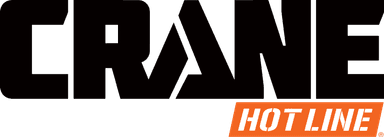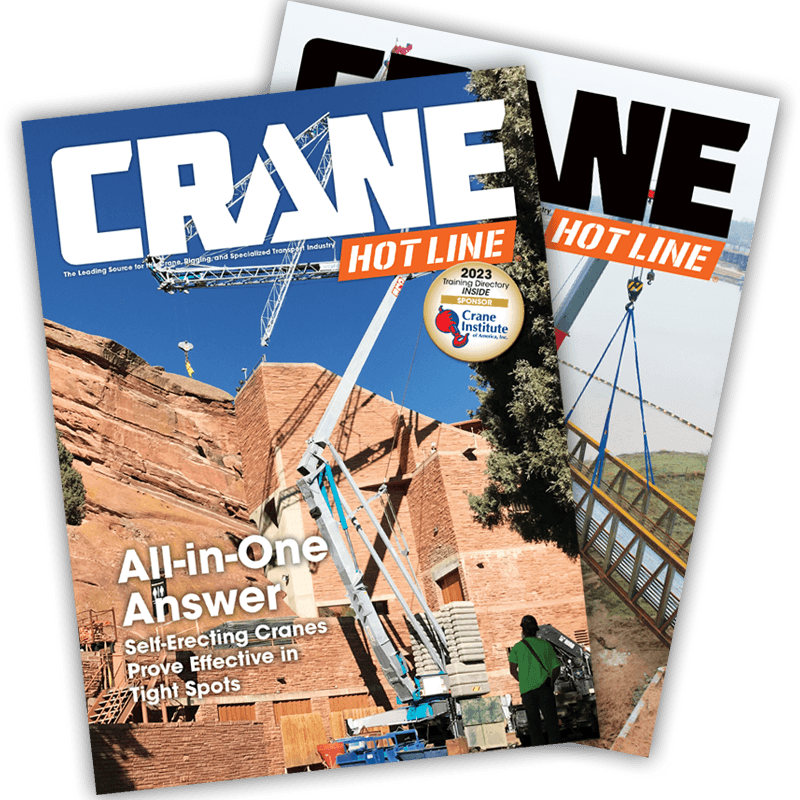Skyjack VR-642D Telehandler Boasts Fine Design and Capabilities
 |
 |
| Enlarge Image Skyjack showed off the VR-642D at the Showcase. |
March 24, 2009 – Formerly an Ingersoll Rand product, the VR Series telehandlers, including the VR-642, VR-843, VR-1044, and VR-1056, were purchased by Volvo in 2007 before being acquired by Guelph, Ontario-based Skyjack last year. The VR Series is now being manufactured at Skyjack’s new
The Skyjack VR-642D’s design is virtually the same as when it was under Ingersoll Rand’s ownership; the only changes to date have been updates to the exterior paint color. Skyjack will be looking at product improvements after receiving input from its dealers.
Skyjack VR-642D Showcase Presentation
Philosophies are similar between the Skyjack’s VR and Zoom Boom product lines, says Dave Bristow, vice president of telehandler sales for Skyjack. The VR-642D features heavy-duty frame and boom designs, which have been trademarks of the VR Series for years.
Visibility from the cab is exceptional, thanks to the placement and design of the A-frame boom supports. The above image shows this design, as well as the dual rear-mounted fork-leveling cylinders, which are protected at the bottom by substantial plate steel enclosures.
A unique safety feature is the cylinder prop located at the rear of the machine, which is used to support the boom when work is being performed on any part of the hydraulic lift circuit. These cylinders are a heavy-duty design and are mounted as close to the center of the boom as possible. The internally mounted boom extension cylinder also helps to open up visibility to the right side of the machine. Additionally, the 16-inch under clearance on the frame minimizes problems with obstructions.
Axles, transmissions, and engines are common throughout the Skyjack VR Series and Zoom Boom models. Powering the VR-642D is a Tier 3-compliant 110-hp Cummins QSB3.3 turbo diesel engine. The entire product line transitioned to Tier 3 prior to Skyjack’s purchase. Dana supplies the three-speed T12000 powershift transmission and 212 Series front and rear axles. Frame leveling is 12° left and right of center. The machine is not required to have rear axle stabilization, so it has an open-pivot oscillating axle that is designed to float throughout the entire lift.

Enlarge Image
The engine can be accessed even when the boom is down.
The 35-gallon diesel fuel tank and a 40-gallon hydraulic fuel tank are located together on the side of the unit and are set back way inside the overall width of the drive and steer tires. The diesel fill cap is green and should help prevent cross contamination with the adjacent oil tank. The mid-mount engine design has a fiberglass cover mounted on two chromed rails. This allows the cover to slide f
orward easily for access to oil and fuel filters, and for all engine fluid checks. As you can also see in the bottom image, the engine can be accessed even when with the boom is down. Also note the easy-to-follow and impossible-to-miss service point diagram that is mounted directly to the engine cover.

Enlarge Image
The A-frame boom supports allow for exceptional visibility from the cab.
Safety Cab provides the standard open cab. Skyjack offers a fully enclosed cab as an option, which Bristow notes is fairly easily installed in the field. Glass windows on the side and rear of the cab prevent mud or debris intrusion. A rear windshield wiper is standard on the open cab design. In the cab, a fully proportional single joystick control handles all boom functions, so lift and tilt functions are all located on one lever. The three-speed transmission shift is located on the steering column. The cab also features a standard 3-inch seat belt. A suspension seat is optional.

Enlarge Image
The easy to follow color-keyed diagram helps prevent overlooking critical service points.
Standard tires are 13x24 pneumatic drive tires, and a variety of other tires such as rock lug and low profile are offered as options. Bristow says Skyjack will be reviewing other tire options down the road. The unit presented at the Equipment Showcase featured the optional foam-filled tires.
A top-mounted tilt cylinder is located at the front of the carriage for protection against exposure, Bristow says. The machine features a standard carriage quick-disconnect arrangement. Auxiliary hydraulics is also available as an option, as are various carriages, truss booms, and buckets. The unit is not approved for work platform usage.
Lift and Access perspective: Although the VR handler product was one of the most highly thought of telehandler products in the market, it never really achieved its full market potential. As part of the I-R Road Machinery group it was the proverbial “red-headed stepchild.†Given the VR lineup successes in light of this handicap speaks volumes about the design and capabilities of this machine. Skyjack has been wise to have taken an “if it ain’t broke, don’t fix it“ philosophy. Past experiences with the product and our observations support this tact. About the only thing
that one could ask for is a reduction in the number of service points on the before-mentioned well-conceived color-keyed chart.

Enlarge Image
Cab design will please even the most demanding operator expectations.
When the VR product became part of the Volvo group when they purchased the I-R construction equipment group, it appeared headed for the scrap heap. Recognizing the opportunity that both the reputation of the product and the quality of the dealer organization presented, Skyjack did well to add the VR product line to its portfolio. Even in these difficult times adding this product is a still a great move. If there was any advantage being part of the I-R Road machinery group provided, it is a long list of loyal VR owners and users that will be the kind of contractors that will be at the head of the line for the infrastructure work targeted by the stimulus program.
For more information, visit Skyjack’s website to download VR-642D specifications.


